For those of you who read our blogs, you may remember the one about Coco Chanel and her wartime activities (click here to read the blog, Coco Chanel: Nazi Spy or Collaborator?). Well, today’s blog touches on a similar theme only this time, we examine the Duke and Duchess of Windsor and their attitudes, sympathies, and activities with the Nazis that certainly raised suspicions about their loyalties to England.
Did You Know?
Did you know that I wrote a blog about the 6888th Central Postal Directory Battalion? (Click here to read the blog, The Ten Percenters). It was the largest all-Black, all-female group to serve in World War II and its nickname was the “Six Triple Eight.” Not only were the soldiers presented with the herculean task of clearing a massive backlog of mail, but they were also met with discrimination at every turn. President Biden signed a bill in March authorizing a Congressional Gold Medal for the unit.
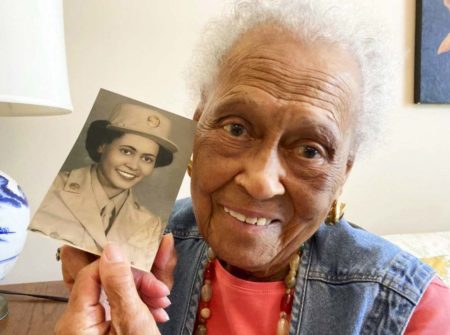
There are six surviving members of the Six Triple Eight. The oldest survivor, Romay Davis, 102, was recognized for her service at a ceremony at Montgomery (Alabama) City Hall. Romay said in an interview, “It isn’t mine, just mine. No. It’s everybody’s. The mail situation was in such horrid shape they didn’t think the girls could do it. But they proved a point.”
Yes, they did prove a point.
David, Prince of Wales, Edward VIII, Duke of Windsor, and Mrs. Simpson
Born to the future King George V and Queen Mary as their eldest son, Edward Albert Christian Andrew Patrick David (1894−1972)⏤simply known as “David” to the family⏤became the Prince of Wales in 1911 after his father ascended the English throne. Despite a limited role in World War I, David learned to fly and took his first military flight in 1918.
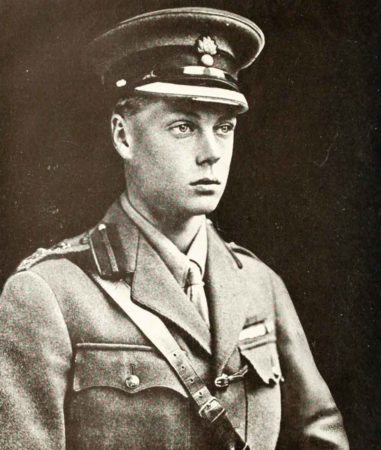
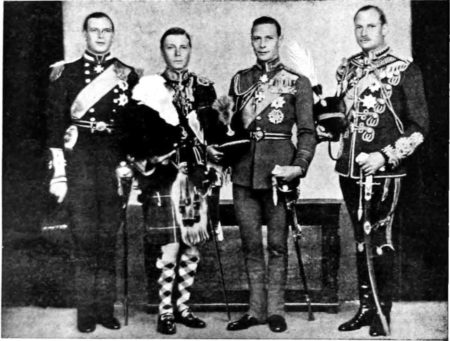
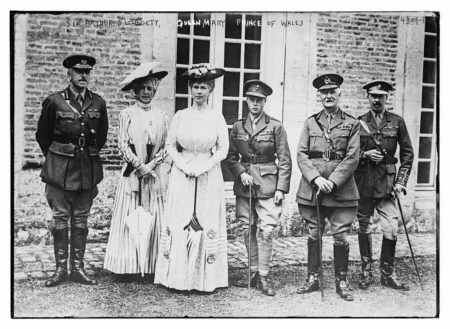
The Prince of Wales was a handsome and unmarried man. His favorite pastime was partying and developing relationships with married women. Some have characterized his behavior during the interwar period as “reckless.” His father was disappointed and believed David would eventually ruin himself.
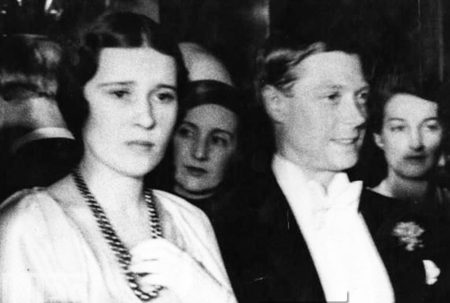
During 1930, David began an affair with Lady Furness, the American wife of a British peer. In January 1931, Lady Furness introduced the prince to her friend, Mrs. Wallis Simpson (1896−1986). Wallis had divorced her first husband, Win Spencer, in 1927 and one year later, married a businessman, Ernest Simpson. For three years, the prince and Mrs. Simpson saw one another on the social circuit and by January 1934, the two began an affair. It didn’t take long for King George V and Queen Mary to become deeply troubled by their son’s relationship with the American divorcée.
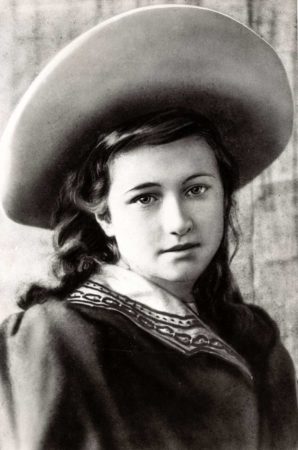
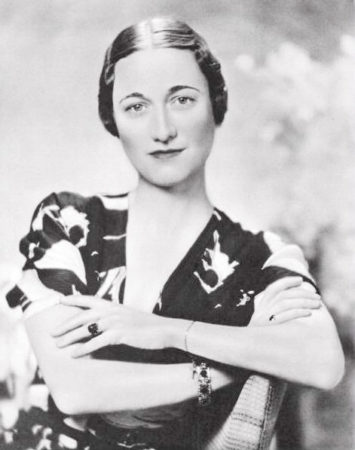
Courtship, Abdication Crisis, and Wedding
As the affair continued, anxiety increased in the palace. The concern was the heir to the throne was infatuated with a divorced woman with a questionable past. It was also clear to many people that the prince was easily manipulated by Mrs. Simpson.
The anxiety levels increased when the prince began to speak of marriage and after Mrs. Simpson obtained a divorce from her husband in October 1934. Now there was a real problem. Wallis was twice divorced and both ex-husbands were still alive. The Church of England refused to sanction the marriage of a divorced person if their ex-spouse was alive. This meant the Prince of Wales had to make a choice: become king or marry Wallis.
The government did not see Mrs. Simpson as a suitable queen. She was very pro-German, continued taking on lovers, and enjoyed spending lavish amounts of cash and accepting jewels bestowed upon her by the prince. There were grave concerns about Mrs. Simpson’s “limitless ambitions.” Police surveillance indicated she made threats to the prince regarding what she would do if he did not obtain certain concessions from the government and family. There was concrete evidence that Mrs. Simpson was in contact with the Nazis and in particular, Joachim von Ribbentrop (1893−1946), Hitler’s Minister of Foreign Affairs. During the 1930s, the Prince of Wales and Mrs. Simpson became close friends with Sir Oswald Mosley (1896−1980), leader of the British Union of Fascists (BUF). Mosley’s organization was closely aligned with the Nazi platform. (click here to read the blog, British Fascists and a Mitford) After the abdication, Mrs. Simpson hired an attorney, Armand Gregoire, to handle some legal work for her. Gregoire was also the lawyer for Ribbentrop, Rudolf Hess (1894−1987), and Hermann Göring (1893−1946). He also was responsible for ensuring Mosley obtained funds from Mussolini. The French Sûreté considered Gregoire to be “one of the most dangerous of Nazi spies.”
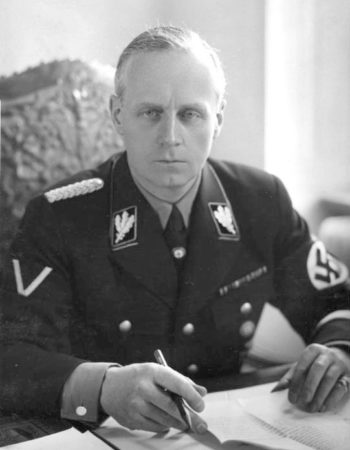
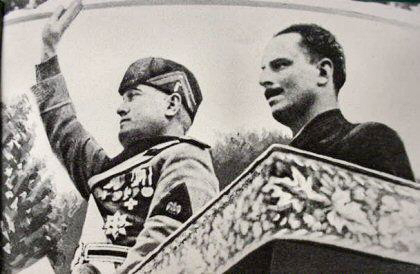
King George V died on 20 January 1936 and the Prince of Wales came to the throne as Edward VIII. The new king insisted on marrying Mrs. Simpson and on 16 November 1936, summoned the prime minister to inform him that he would marry Wallis. However, the government rejected this as well as other alternatives. (The king’s phones were legally tapped by the government.) A constitutional crisis was averted when the king made the decision to abdicate. On 11 December 1936, Edward abdicated and the following day, his brother, King George VI announced his brother would henceforth be known as the “Duke of Windsor.” Hitler was very disappointed with the abdication. He saw Edward VIII as someone who understood and sympathized with Germany and the Nazis. Hitler believed Edward was his best chance for obtaining a negotiated peace agreement with England.
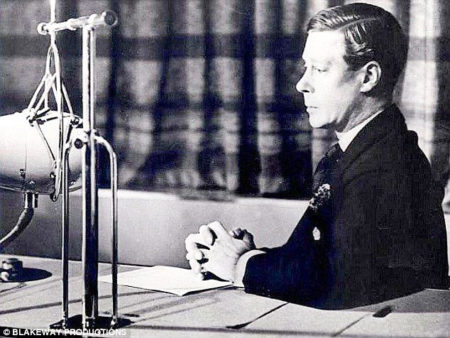
On 9 March 1937, Mrs. Simpson, her maid, and twenty-six pieces of luggage arrived at Château de Candé in France. She was waiting for her second divorce to be finalized and on 3 May, she was free to marry the Duke of Windsor. The couple was married one month later. The château was owned by the couple’s American friend, Charles Bedaux (1886−1944), who had significant business interests with the Nazis. (Bedaux died mysteriously in prison after his arrest by the Allies who believed he was a German spy.) Although Wallis was to be called the “Duchess of Windsor,” the British government refused to allow the new bride to be addressed as “Her Royal Highness” and the royal family refused to acknowledge Wallis’s formal position or as a member of the family. To add injury to insult, the duke was upset when the government declined to authorize a perpetual financial allowance. (King George VI agreed to pay it out of his personal funds.) The duke’s relationship with his family was virtually non-existent for the rest of his life. His anger toward the treatment afforded him and his wife only increased as the years went on. (Wallis always called Elizabeth, the Queen Mother, “Cookie” while the queen never referred to Mrs. Simpson as anything other than, “That woman.”) The Duke and Duchess of Windsor spent their three-month honeymoon in the castle of Count Paul Münster, a German with close ties to Mosley and the BUF.
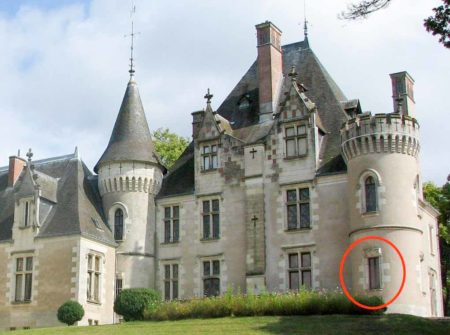
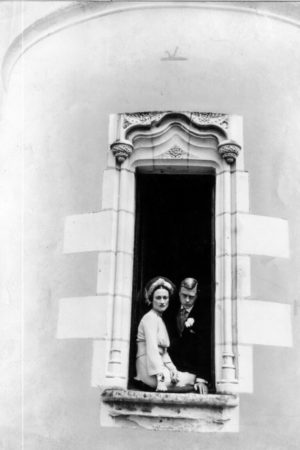
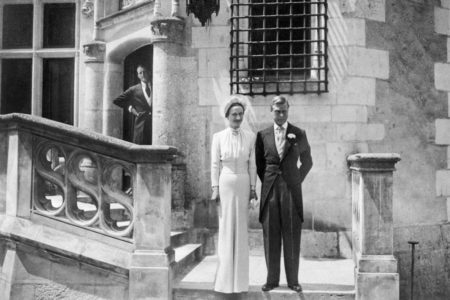
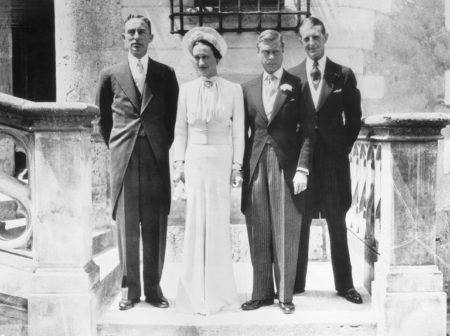
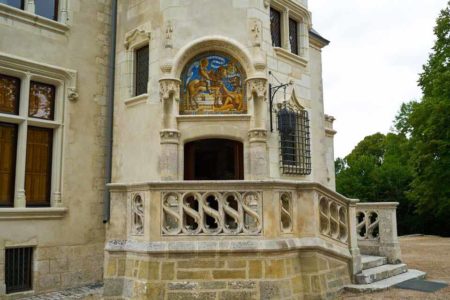
International Peacekeeper
The duke fancied himself as an international peace maker and in the spring of 1937, he accepted an unofficial role of consolidating various peace movements. One of his confidants was a Swedish businessman, Axel Wenner-Gren (1881−1961), whom the Allies considered a dangerous German agent. By this time, Scotland Yard and the British government were keeping a close eye on the duke’s activities as he was considered a high security risk.
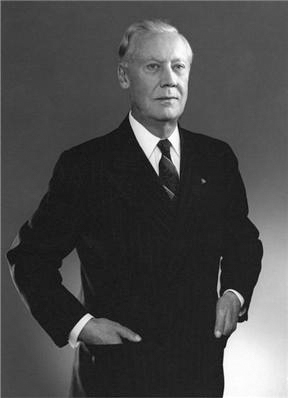
The Duke of Windsor who spoke fluent German, considered himself to be almost German. He told Mosley’s wife, “Every drop of blood in my veins is German.” By now it was well-known the duke was very pro-Hitler and he made it clear that the English had no business interfering in Germany’s internal affairs. In fact, the duke was enamored with dictators and believed England might need one at some point. As all of this was happening, the Duchess of Windsor continued her close relationship with Ribbentrop and his friends. In fact, almost her entire circle of social friends was connected one way or another to the Nazis. While her husband was considered a high security risk, Wallis was known to be extremely indiscreet with highly sensitive information (the duke passed on all information to her). By September 1937, the government declared the Duke and Duchess of Windsor were not to be granted any official status when they visited a foreign country.
The Visit
A trip to Germany was proposed for the couple (financed by the German Labor Front). Senior Nazi officials continued to ingratiate themselves with the duke and believing this might be an opportunity to officially present his wife, the Duke of Windsor accepted the invitation. On 11 October 1937, the Windsors arrived in Berlin. The duke was officially there to inspect labor issues. They were met by Robert Ley (1890−1945), head of the National Labor Front and Ribbentrop. The couple was assigned two servants who were Nazi spies. A British protection officer following them quickly ascertained the servants’ real mission.
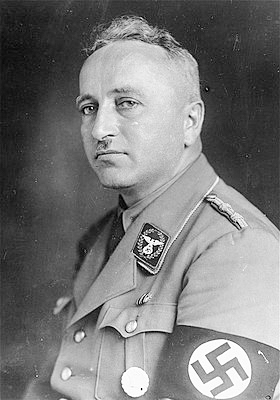
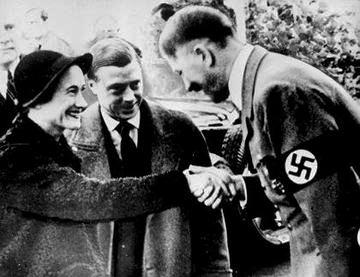
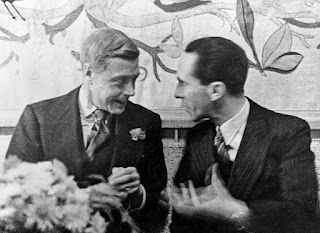
The Duke and Duchess visited several manufacturing facilities, the training school for Hitler’s bodyguard unit, the elite SS Totenkopf, or SS Death’s Head, and a Nazi youth camp. While at the Schutzstaffel, or SS facility, the duke gave the Hitler salute. The day after their arrival, a dinner was held in their honor where the British guests mingled with Ribbentrop, Hess, Göring, Heinrich Himmler (1900−1945), and Joseph Goebbels (1897−1945). One of the days was spent touring Düsseldorf where they visited a concentration camp. The duke asked about a large concrete building at the camp and was told, “It is where they store the cold meat.”
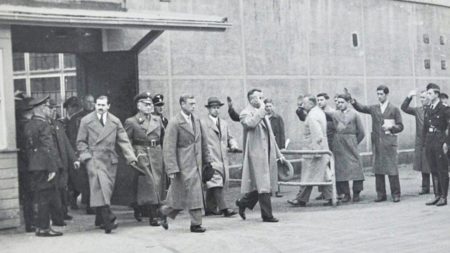
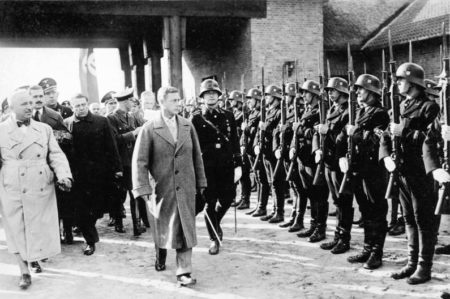
On 22 October, the Duke and Duchess of Windsor visited Munich and took a special train to Berchtesgaden where they met Hitler and his entourage. It seemed that each side was impressed by the other. A fond farewell was capped off with the Hitler salute by both the Führer and the duke. Two days later, David and Wallis were back in Paris planning their next trip⏤America. Charles Bedaux was to finance the trip, but he was faced with personal, business, and political problems and in the end, the Windsor’s cancelled the trip. (American media at the time did not take kindly to their Germany trip.) At the end of 1937, the duke gave an interview to the Daily Herald where he agreed to become president of the English Republic if the Labor Party asked him. That part of the interview was never published but the government learned of his comments and added this to their growing list of the duke’s seemingly subversive actions.
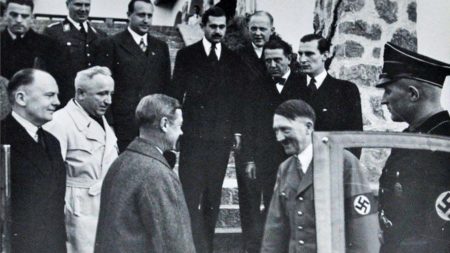
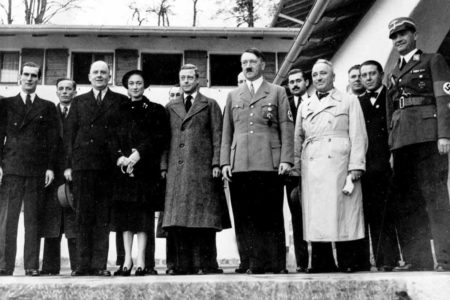
War
In late 1938, the Windsors leased a mansion in Paris located at 24, bd Suchet (16e). One year later, Hitler invaded Poland and World War II began. The duke refused to return to England unless they were invited to stay at Windsor Castle, he was given a prestigious wartime assignment, and Wallis given the status he believed she was entitled to. Despite none of his demands being met, the couple arrived in London on 8 September and six days later, the duke met with his brother, George VI. After the meeting, the king and senior government officials concluded the duke was an “irresponsible chatterbox” and could not be trusted with confidential information. After returning to France in October, the duke toured French defense lines and it was quickly determined by the British government that the duke was passing French state secrets to Wallis who turned it over to the Nazis. King George VI gave orders that his brother was banned from visiting British troops.
In January 1940, the duke returned to England. While there, he was encouraged by his friends to remain in the country and take up the cause of a peaceful negotiation with Germany. The duke was quickly reminded by government officials those discussions were treasonous and that if the Windsors returned to England on a permanent basis, they would be subject to income tax. The duke subsequently gave up the idea of saving his country from Germany.
Shortly after the Germans invaded France (10 May 1940) but before they marched into Paris on 14 June, the duke and duchess secretly left their mansion at 6:30 in the morning. They left their loyal staff to fend for themselves. The duke’s long-time assistant, Fruity Metcalfe, wrote about his employer: “The man is not worth doing anything for. He deserted his job in 1936. Well, he’s deserted his country now, at a time when every office boy is trying to do what he can.”
Operation Willi
The Windsors made it to Spain. Although Spain was officially neutral, its dictator sided with Hitler. Madrid was a melting pot for Allied and German spies. No surprise that the duke’s activities were reported back to the British, Germans, and Soviets. It became clear the duke wanted peace very badly and at any price.
Churchill wanted the duke and duchess back in Britain where they could be closely watched. However, the former king continued to negotiate his terms. The prime minister became so agitated that he threatened the duke with a court-martial for refusing orders (the former king was officially a military officer). David was still looking for a prestigious job with the British government, but Winston Churchill demurred. Hitler on the other hand, believed the Duke of Windsor to be his best chance of obtaining a peace agreement with England. The Führer even thought that the duke could be returned to the throne (with Wallis attaining her dream of being queen) and turned into a puppet for the Nazis.
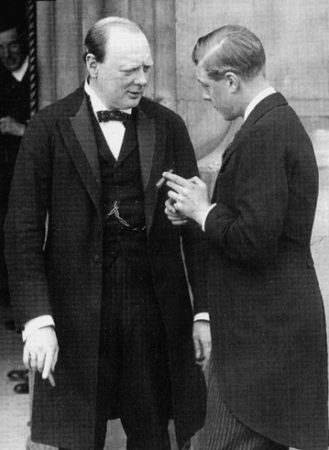
In July 1940, Churchill appointed the duke as the Governor of the Bahamas. The appointment was accepted but the duke knew the post was unimportant and a “back water” assignment. Before leaving for the Bahamas, the Windsors stayed at the home of a wealthy Spaniard known to be a Nazi agent. Every move the duke and duchess made was watched and reported to Berlin.
During this interval in Spain and Portugal, the duke and duchess were “courted” by senior Nazi officials. Hitler ordered the SS to come up with a plan to either persuade the duke to work for the Germans for money or by force. It was called “Operation Willi.” All the while, the British were monitoring the situation and Churchill sent a trusted emissary to dissuade the duke from accepting the German offer. The Duke of Windsor declined the German overture and Ribbentrop decided the duke must be kidnaped. After much maneuvering by the Germans to detain the Windsors, the couple eventually left Lisbon for the Bahamas on 1 August. On that day after hearing the duke had eluded their grasp, Hitler issued Directive 17 calling for the sea and air attack on Britain. (This became known as “The Battle of Britain.”)
Exile
Wallis called the Bahamas “our St. Helena” in reference to Napoléon’s exile. She continued to refer to the people of the Bahamas in vulgar terms learned during her youthful experience in Jim Crow Baltimore. The couple spent enormous amounts of money to renovate the governor’s mansion. But all-in-all, their five-year assignment in the Bahamas was essentially uneventful compared to their pre- and early-war years.
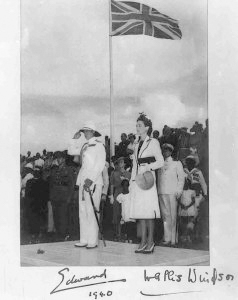
After the war, the Windsors returned to Paris where they lived in a mansion they rented from the French government for a nominal annual fee. They became a relic of the past and even to the end, the Duke of Windsor remained an outcast from his family with the Duchess of Windsor considered a “non-entity.” Since the duke’s death in 1972, the queen has never bestowed the title of Duke of Windsor on anyone else.
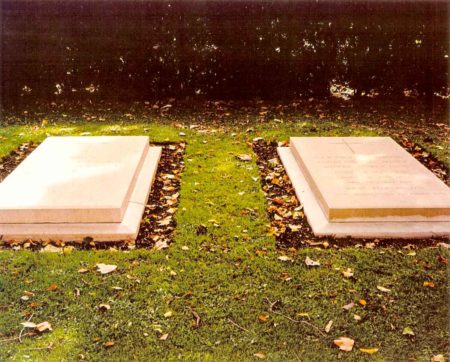
Conclusion
So, were the Duke and Duchess of Windsor traitors? Were they part of the British fifth column? (Click here to read the blog, Agent Jack, “M” and the Fifth Column.) Or were they simply smitten with Hitler and naïve regarding their feelings and appearances? Could they have been shallow, self-serving individuals who didn’t care about anyone but themselves?
In my opinion, the anti-Semitic duke greatly admired Hitler and the Germans. However, I don’t think his actions were a conscious means to commit overt treason. He was likely very naïve about the politics surrounding him and the consequences of his behavior. I believe he had a genuine desire to ensure Britain did not go to war with Germany. The duke has been described as “not very bright, a wimp, and basically a very sad man.” Unfortunately, he was completely dependent on Wallis and for some reason, her harsh treatment toward him only increased his love for her. David was a complicated man and very weak.
I can’t say the same for his wife. The duchess clearly knew what she was doing. Passing state secrets onto the enemy is a treasonable offense and documentation supports her guilt. Wallis hated England, the royal family, and the government. Close friends interviewed by historians substantiate her hatred which was manifested in daily tirades against the duke about his family. She has been described as “cold, mean-spirited, a bully, and a sadist.” Wallis found her husband to be pathetic and she completely domineered the duke to the point where she would publicly humiliate him. Wallis was a complicated woman, but the duchess knew exactly what she wanted.
★ Learn More About the Duke and Duchess of Windsor ★
Blackwood, Caroline. The Last of the Duchess: The Strange and Sinister Story of the Final Years of Wallis Simpson, the Duchess of Windsor. New York: Vintage Books, 2012. Originally published in 1995 by Random House.
Bryan III, J. and Charles J.V. Murphy. The Windsor Story: An Intimate Portrait of the Duke and Duchess of Windsor. London: Granada, 1979.
Higham, Charles. The Duchess of Windsor: The Secret Life. New Jersey: John Wiley & Sons, Inc., 2004. Originally published in 1988 by McGraw-Hill Book Company.
Lownie, Andrew. Traitor King: The Scandalous Exile of the Duke & Duchess of Windsor. New York: Pegasus Books, 2022.
Morton, Andrew. Wallis in Love: The Untold Life of the Duchess of Windsor, the Woman Who Changed the Monarchy. New York: Grand Central Publishing, 2018.
Pye, Michael. The King Over the Water. New York: Holt, Reinhart, and Winston, 1981.
Reeves, Jay. 102-year-old WWII veteran from segregated unit honored. Click here to read the article. https://apnews.com/article/wwii-veteran-segregated-unit-honored-d0437f0652bb6209b656be274fdaddcd
Charles Murphy was the ghost writer for the autobiographies of both the duke (A King’s Story; 1951) and the duchess (The Heart Has Its Reasons; 1956). J. Bryan III wrote unpublished works including the life of George III. Both authors fell out of favor with the Windsors.
Considered the best book on the duke’s time as governor of the Bahamas, Pye’s book uses excellent political and intelligence files to outline the duke’s relationship with Wenner-Gren, the couple’s extravagant spending, and the government’s attempts to keep the Windsors away from U.S. isolationists.
Morton’s book deals with the intimate side of the Windsor’s relationship and relies on interviews with people who knew each of them. If you liked his other books on celebrities, you’ll like this one.
Ms. Blackwood was commissioned in 1980 to write an article on the duchess who was eighty-four. The article was not published until after the death of not only the duchess but her “gate keeper,” Suzanne Blum in 1994.
As the title indicates, the newest book by Mr. Lownie, focuses on making a case that the Windsors were traitors to England.
Disclaimer:
There may be a chance that after we publish this particular blog, the video links associated with the blog are no longer accessible. We have no control over this. Many times, whoever posts the video has done so without the consent of the video’s owner. In some cases, it is likely that the content is deemed unsuitable by YouTube. We apologize if you have tried to access the link and you don’t get the expected results. Same goes for internet links.
What’s New With Sandy and Stew?
Sandy and I just returned from a week in Alaska and then a week in Montana. It was our first time to Alaska, and we really enjoyed visiting the towns, fiords, and glaciers. Our favorite stop was Ketchikan, and we enjoyed our excursions to the Dawes Glacier as well as crabbing with the crew of a boat featured on the television show, “Deadliest Catch.”
No more trips planned for the year so we can concentrate on the blogs and finishing the second volume of Where Did They Put the Gestapo Headquarters?
Thank you to all of you who subscribe to our bi-weekly blogs. It seems there isn’t a day that goes by where we don’t increase our readership. Please let your history buff friends and family members know about our blog site and blogs.
Someone Is Commenting On Our Blogs
I’d like to thank Nicole C. for her comments regarding the recent blog on our vacation in the U.K. She did correctly identify the reason for the bricked-up windows in our London hotel (the “window tax”). Nicole also pointed out that the window tax was also assessed in France. I didn’t know that.
Carl S. contacted us about the future book on Paris cemeteries. His sister-in-law is buried across from the grave of Sartre/de Beauvoir in Montparnasse. Carl wanted to make sure we included a section in the book on how people are assigned to graves in Paris cemeteries. I can assure Carl that we will be talking about how one qualifies for burial as well as the rules and regulations for being allowed to stay there.
Finally, Iolos O. was kind enough to let us know that one of my “facts” in the blog, The Rasputin of the Abwehr (click here to read the blog), was incorrect. Samuel Beckett was never a student at Lycee Buffon in Paris. I have corrected the error in the blog. Thank you Iolos for pointing out the error.
If there is a topic you’d like to see a blog written about, please don’t hesitate to contact me. I love hearing from you so keep those comments coming.
Share This:
Follow Stew:
Find Stew’s books on Amazon and Apple Books.
Please note that we do not and will not take compensation from individuals or companies mentioned or promoted in the blogs.
 Walks Through History
Walks Through History
Copyright © 2022 Stew Ross


Another great job of assembling the sinister and shocking facts behind what has become a romanticized love story that Americans believe they know. Great accompanying photographs too. It seems pretty clear to me that Queen Elizabeth has stood her ground admirably with a family that is no stranger to scandal. Well done!
Hi Greg, Thanks for the comments. Another reader contacted me about how some in England will be irate over this story while others will say, “We knew that!” Don’t think that didn’t cross my mind as I was writing the blog. Talk soon. STEW